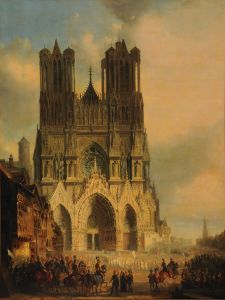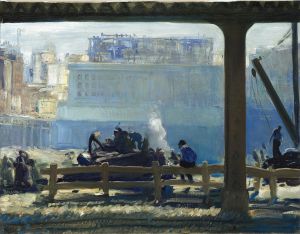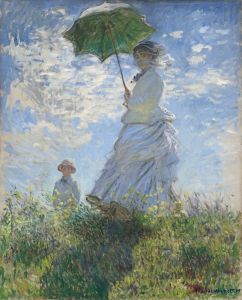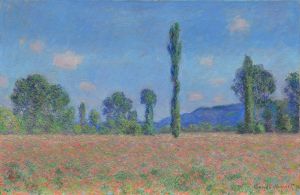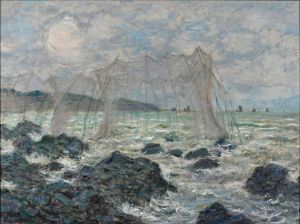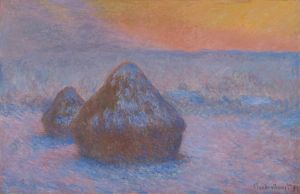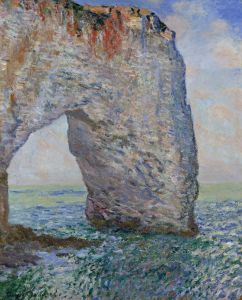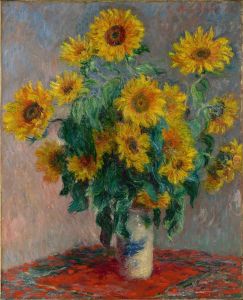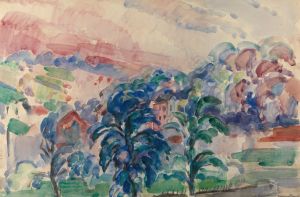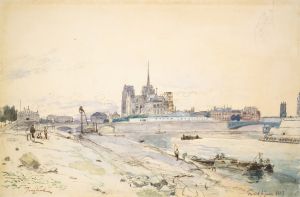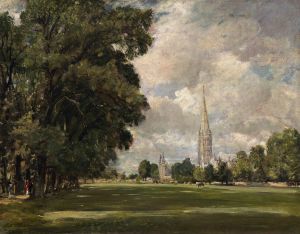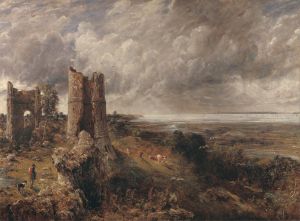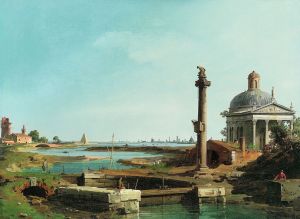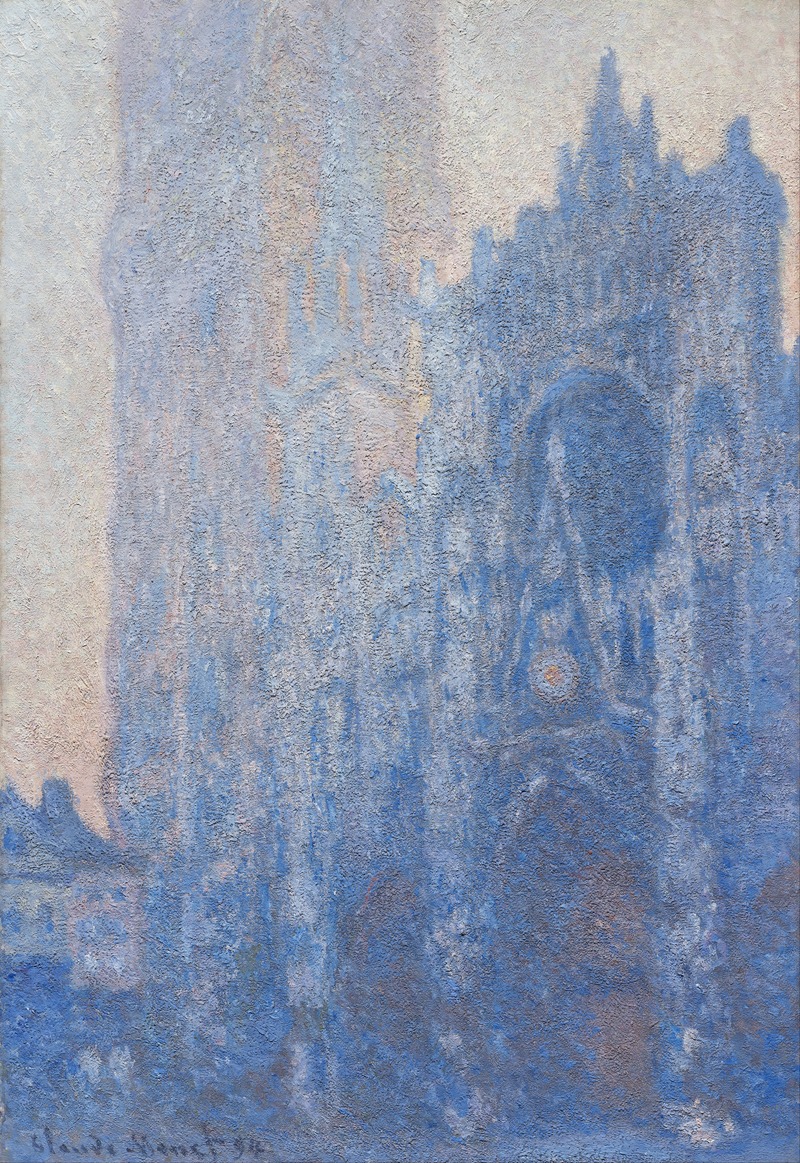
Rouen Cathedral Façade and Tour d’Albane
A hand-painted replica of Claude Monet’s masterpiece Rouen Cathedral Façade and Tour d’Albane, meticulously crafted by professional artists to capture the true essence of the original. Each piece is created with museum-quality canvas and rare mineral pigments, carefully painted by experienced artists with delicate brushstrokes and rich, layered colors to perfectly recreate the texture of the original artwork. Unlike machine-printed reproductions, this hand-painted version brings the painting to life, infused with the artist’s emotions and skill in every stroke. Whether for personal collection or home decoration, it instantly elevates the artistic atmosphere of any space.
Claude Monet, a leading figure in the Impressionist movement, is renowned for his series paintings that capture the same subject under varying conditions of light and atmosphere. Among his most celebrated series is the "Rouen Cathedral" series, which includes the painting "Rouen Cathedral Façade and Tour d’Albane." Monet painted this series between 1892 and 1894, focusing on the façade of the Rouen Cathedral in Normandy, France.
The Rouen Cathedral series consists of over thirty paintings, each depicting the cathedral at different times of day and under various weather conditions. Monet was fascinated by the interplay of light and shadow on the cathedral's intricate Gothic architecture. His aim was to capture the ephemeral effects of light and atmosphere, a hallmark of Impressionist art. This approach allowed Monet to explore how the same subject could be transformed by changes in natural lighting.
"Rouen Cathedral Façade and Tour d’Albane" is one of the paintings in this series. It specifically focuses on the façade of the cathedral and the adjacent Tour d’Albane. Monet set up his easel in a room across the street from the cathedral, providing him with a consistent vantage point from which to observe and paint the structure. This consistency was crucial for Monet's study of light and its effects on the cathedral's surface.
Monet's technique in these paintings involved the use of short, broken brushstrokes and a vibrant palette to convey the shifting light and atmospheric conditions. He often worked on multiple canvases simultaneously, switching between them as the light changed throughout the day. This method allowed him to capture the fleeting moments of light and color that he observed.
The Rouen Cathedral series, including "Rouen Cathedral Façade and Tour d’Albane," is significant not only for its artistic innovation but also for its contribution to the Impressionist movement. Monet's work on this series demonstrated a departure from traditional representations of architecture, focusing instead on the subjective experience of viewing the cathedral. This emphasis on perception and the transient nature of light was a key aspect of Impressionism.
The series was first exhibited in 1895 at the gallery of Paul Durand-Ruel in Paris, where it received critical acclaim. Monet's exploration of light and color in these paintings influenced not only his contemporaries but also future generations of artists. The Rouen Cathedral series is now considered a masterpiece of Impressionist art, with individual paintings housed in major museums around the world, including the Musée d'Orsay in Paris and the National Gallery of Art in Washington, D.C.
Monet's dedication to capturing the essence of Rouen Cathedral through his innovative techniques and keen observation of light has left a lasting impact on the art world. His work continues to be celebrated for its beauty and its groundbreaking approach to capturing the ever-changing effects of light and atmosphere.





